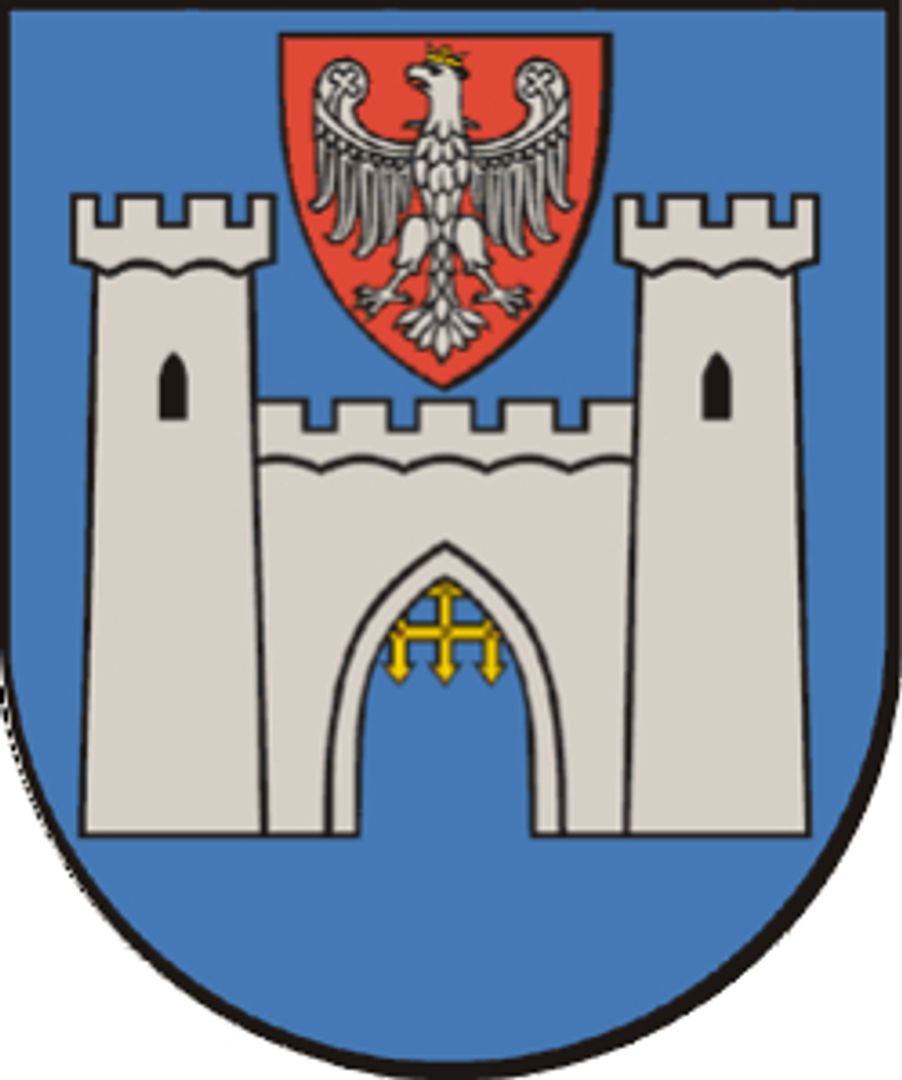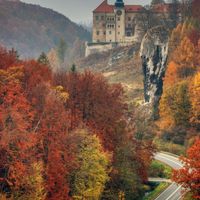Suloszowa
6.43

Overview
Sułoszowa is a village in the Lesser Poland Voivodeship, within Kraków County, known for its rich history and monuments. Established in 1315, it features the parish church of the Sacred Heart of Jesus, built between 1933 and 1939, replacing an earlier temple destroyed during World War I. There is also a filial church of the Blessed Virgin Mary, Queen of Poland, constructed from 1984 to 1989, and a castle chapel dedicated to St. George from 1661. Sułoszowa, part of the Ojców National Park, is situated on the Sułoszowa Plateau and is one of the longest linear villages in Poland, stretching approximately 9 km. Historically, it was associated with the Szafraniec and Wielopolski families, and in the 14th century, it held strategic importance due to the Pieskowa Skała Castle, which protected a trade route. In the 16th century, Sułoszowa was influenced by Calvinism and underwent Reformation. During the 18th and 19th centuries, the village experienced various partitions, and after World War II, the castle was revitalized and now serves as a Branch of the State Art Collections. Sułoszowa is also located on the European cultural route "Via Regia," which leads to Santiago de Compostela. An interesting fact is that in 1996, the village experienced record rainfall, with 180 mm falling within one hour. Education in Sułoszowa is provided by a public kindergarten and two primary schools.
Location
2025 Wizytor | All Rights Reserved


